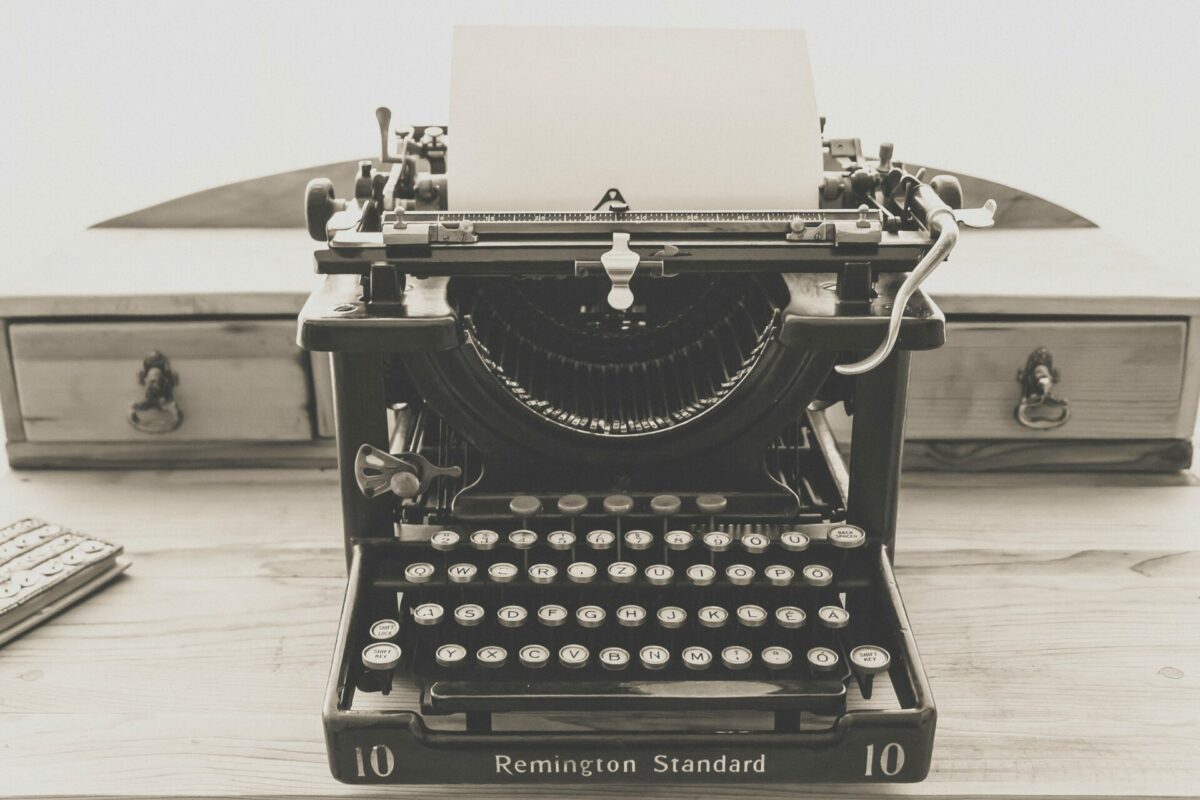When you apply for a new job, it is customary to include a cover letter with your resume. Here we look at what a cover letter for your resume is, what should be included, and tips on how to write one.
We also include a cover letter example, making it as easy as one, two, three to create yours.
What is a cover letter?
A cover letter is a single-page document introducing yourself and your career history, work skills, and personal interests. The cover letter’s purpose is to support and expand upon the statements made in your resume.
With high unemployment in the US, including a resume could be the difference between being overseen or standing out against other candidates. It’s your sales pitch and a chance to show you are qualified and an excellent fit for the position.
What should I include in a cover letter?
Your cover letter should include:
- Your contact details: Include your name, phone number, email address, mailing address (optional), and your website, portfolio, or LinkedIn profile.
- Employer’s details: Include the recruiter’s name, company address, phone number, and email.
- An opening paragraph: Mention your years of experience, where you found the ad, and why you want the position.
- The main paragraph: Describe your work experience, professional accomplishments, and skills. Highlight skills related to the role and provide facts and figures to back up your achievements.
- A closing paragraph: Re-express your interest, why you are the right individual, and your preferred contact method.
How to write a cover letter
You can write a cover letter for your resume in five steps.
- Make your name the title of the cover letter with your contact details beneath and aligned to the center.
- Add the date and the employer’s details aligned to the left. Include the first and last name if known and their department. You can use Mr. Mrs. Ms. Dr. or Dear (if you don’t know their title). If you don’t know a name, address your cover letter to the relevant department.
- Add your opening paragraph and include the job position, company name, where you noticed the ad, and why you are applying.
- Write your main paragraph and include evidence of your professional achievements. The evidence could be sales figures, a customer satisfaction level, profit or revenue, managerial praise, or an employee of the month award. If you have limited work experience, including your academic achievements, grades, career goals, and extracurricular activities will satisfy the goal of this section.
- Add your closing paragraph with a confident but polite recite as to why you are the best person for the job. You should thank the employer for reading your application and express your interest in receiving a job interview invitation.
Your resume cover letter ends with a sign-off such as best, regards, thank you, sincerely, best regards, kind regards, or respectfully.
Cover letter writing tips
We recommend the following tips when writing your cover letter:
- Proofread your cover letter and get some else to
- Include 200-350 words
- Format the page to US Letter
- Use a clear font such as Calibri or Arial
- Use a font size between 10.5 and 12 pts
- Write clearly and do not use unnecessary jargon
- Avoid clichés such as ‘thinking outside the box’
Your cover letter should not include:
- Personal information such as your gender, sexual orientation, or religion
- Photos and headshots, unless asked for
- Former or expected salaries
- Text directly copied from your resume
- Questions, which should be reserved for your job interview
Cover letter example
Take a look at our cover letter example, and feel free to use it as a template. It is crucial to personalize the cover letter to your experiences and ensure its relevance to each job advert.
